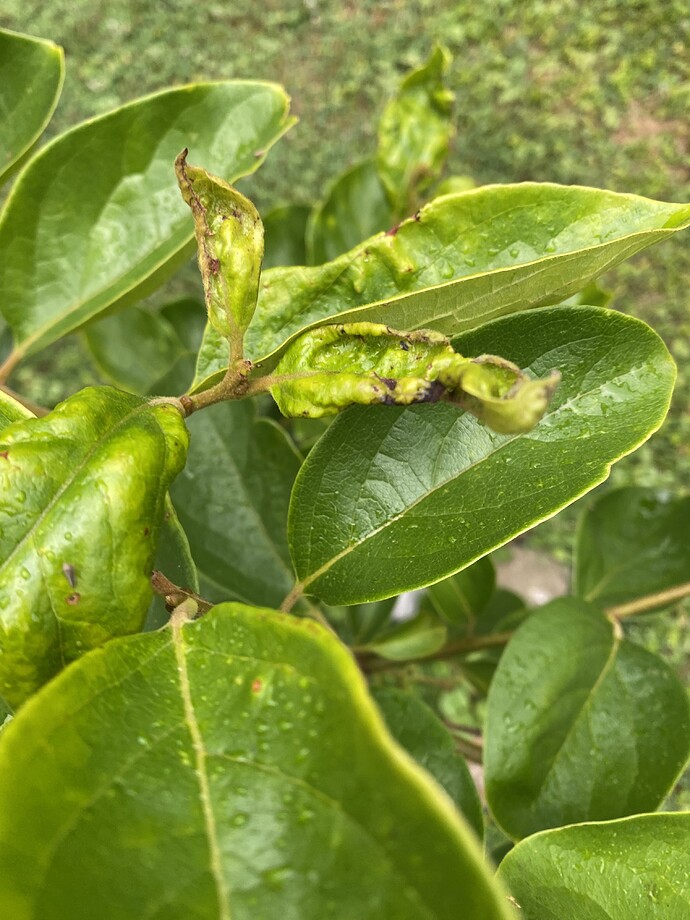Persimmon Psylla

Scientific Name
Cacopsylla persimmonica
Description
Persimmon Psylla are small, sap-sucking insects that attack persimmon trees, leading to leaf discoloration and honeydew buildup. Their feeding can weaken trees and affect fruit quality.
Characteristics
They are very small (around 1–2 mm) with a delicate build and subtle color variations. Their feeding punctures the leaf surface, causing yellowing and curling, and sometimes leading to sooty mold development.
Control Methods
- Organic sprays: Apply neem oil or insecticidal soap at the onset of infestation to mitigate damage.
- Cultural practices: Prune infested branches and remove affected foliage promptly to reduce breeding sites.
- Preventive methods: Keep trees healthy with proper watering and fertilization, and conduct regular inspections to detect early infestations.
- Biological controls: Encourage natural predators such as ladybugs, lacewings, and parasitic wasps that naturally control psylla populations.
- Mechanical physical: Use sticky traps to capture adult psylla and consider physical barriers on vulnerable branches.
Natural Enemies
- Ladybugs
- Lacewings
- Parasitic Wasps
Plants Affected by Persimmon Psylla
No associated plants found for this pest.